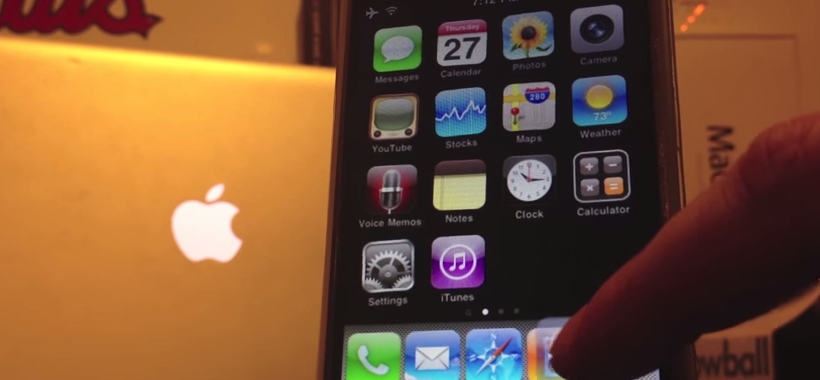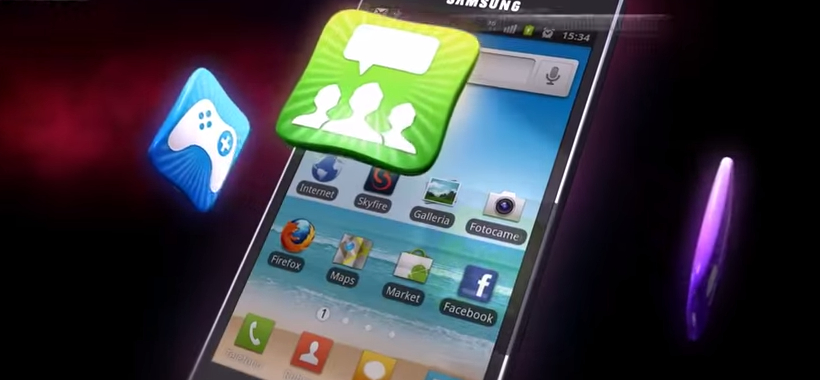Unless you have been living under a rock, you have probably heard about Photoshop by now, and if you actually visit the Internet on a daily basis, you have certainly had the chance to see the amazing things that can be done with Photoshop.
Photoshop Explained
The image manipulating tool is so incredibly complex and useful that people have actually managed to trick millions of others with manipulated Photoshop images. But since the tool is quite complex, only a small amount of people actually manage to master it entirely. Since the company knows this, they have also created a tool that is a lot easier to master.
Adobe has created Photoshop Elements, which is a much cheaper and simpler version of Photoshop itself that allows the “average Joe” to be able to manipulate his images to a certain degree.
Currently, Photoshop is for sale at $699 if your purchase it at Adobe, and clearly not everyone is going to go ahead and buy this tool just so that they can spend hours upon hours understanding that they know nothing about using it. Photoshop elements, on the other hand, is for sale at a much more affordable price, which is $79.
Clearly, Photoshop is a tool that is intended for the professional market. $699 for a professional that makes a living with the tool is clearly nothing, but for a person that makes a living in any other way, this is a huge price. The tool itself has incredible advantages that people can take advantage of, provided they actually know how to do it.
There are cheap ways to get the high price of Photoshop down. For example, students can actually manage to get an 80% discount on the product, if they manage to go through the process properly. They might need it to study, if image manipulation is their craft.
Photoshop Elements Explained
On the other hand, Photoshop Elements has a lot less tools compared to Photoshop itself, but the tools that it lacks are the most advanced tools that the amateur user would probably not care about. It does, however, have some other tools that require a lot less skill from the user.
Among these tools, we can find tools to automatically reduce the red-eyes that appear in pictures, automatically tone the skin, and automatic light adjustment. These tools are incredibly simple to use, and as such any amateur can actually “master” them with just a bit of practice.
Essentially, if you are not a professional that needs Photoshop for an intended long-term purpose, you are probably better off using Photoshop Elements, the cheaper alternative version of the real deal that is specifically intended for amateur usage, with tools that will make your life a lot easier when compared to the complex tools of Photoshop.
















